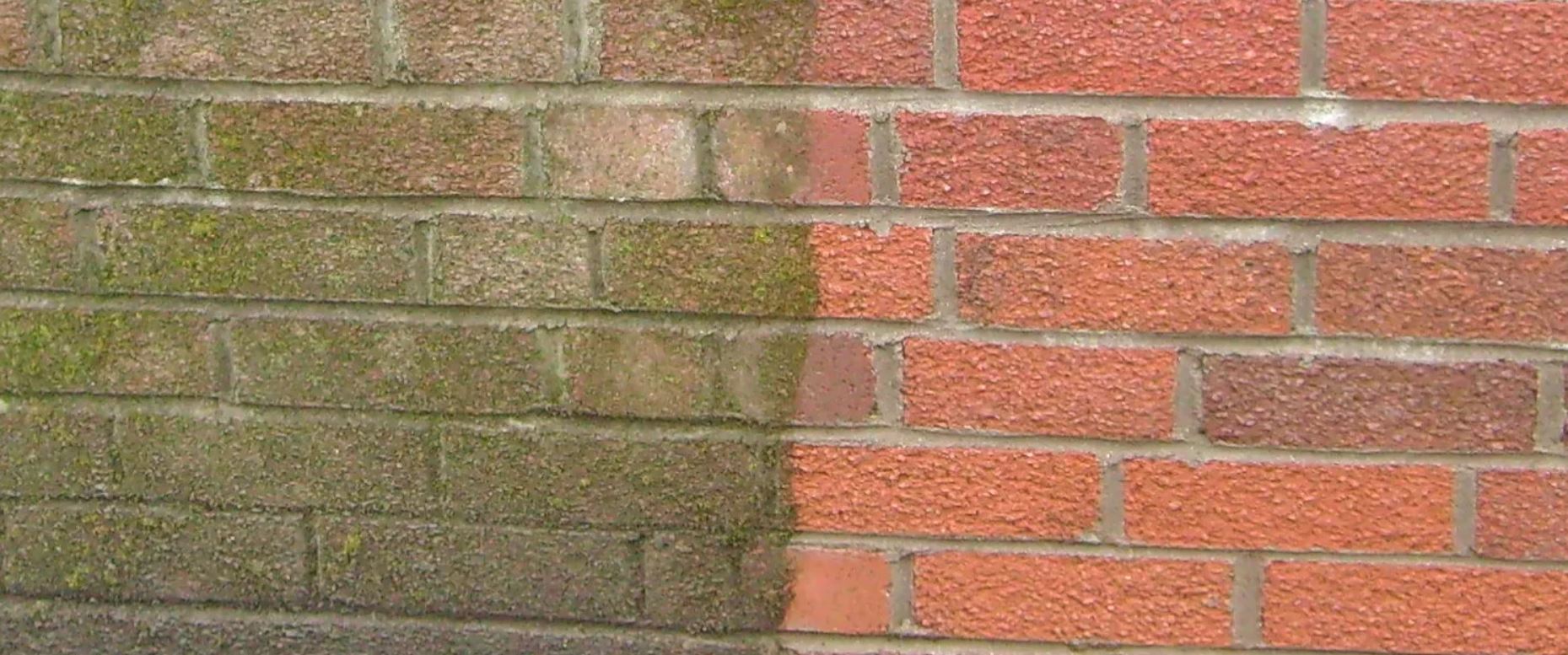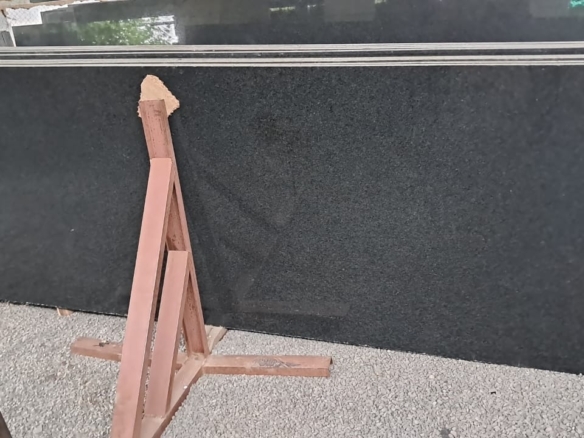A Low-Cost – High-Benefit practice
Even on new construction, exposed surfaces can develop algae, moss, fungus, or white salt deposits (efflorescence) within just 10 to 15 days, especially on rainy days. If plaster is applied to these surfaces without proper cleaning, it may not bond effectively, leading to issues such as peeling, cracking, or damp patches later on.
That’s why acid washing the wall before plastering is a recommended practice.
🔹 Why Acid Wash is Done Before Plastering
-
Removes algae, moss, and fungal growth.
-
Cleans white salt deposits (efflorescence) that form on damp brickwork.
-
Clears dust, dirt, and loose mortar stuck on the surface.
-
Makes the wall surface rough and clean, ensuring better plaster bonding.
Without cleaning, plaster can lose strength and durability, which may lead to expensive repairs later.
🔹 How Acid Washing of Walls is Done
-
Scrubbing the Wall
-
Loose dirt, algae, and moss are first removed with a wire brush.
-
-
Applying Diluted Acid Solution
-
A solution of hydrochloric acid (HCL) and water in a 1:10 to 1:20 ratio is prepared.
-
The solution is applied on the wall surface with a brush or spray.
-
-
Waiting Period
-
The acid is allowed to act for about 10–15 minutes to dissolve salts and kill algae.
-
-
Washing with Clean Water
-
The wall is then thoroughly washed with water to remove all traces of acid.
-
This step is crucial, as leftover acid can weaken the plaster bond.
-
-
Drying the Wall
-
The surface is left to dry. A slightly damp wall is okay, but there should be no standing water before plastering starts.
-
🔹 Safety Tips During Acid Wash
-
Always add acid to water, never the other way around.
-
Workers must use gloves, goggles, and masks.
-
Cover nearby flooring, doors, or windows to protect them from acid splashes.
✅ Conclusion
Washing walls with acid before plastering is a small step with big benefits. It ensures that plaster sticks properly, looks neat, and lasts longer. Depending on the condition of your walls, your contractor may choose acid wash or bleaching powder wash. Both methods help in preparing a clean, algae-free, and bond-ready surface for plastering.
If you are planning to build or renovate, make sure your contractor does this step — it will save you from future dampness and repair headaches.





Join The Discussion